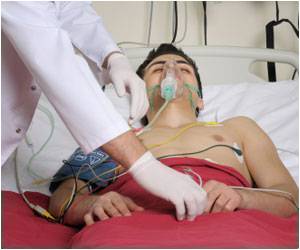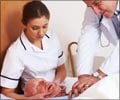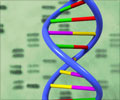- The Medical Autopsy: Past, Present, and Dubious Future - (https://www.ncbi.nlm.nih.gov/pmc/articles/PMC6188261/)
- Clinical or Postmortem? The Importance of the Autopsy; a Retrospective Study - (https://www.ncbi.nlm.nih.gov/pmc/articles/PMC4305994/)
- Uniform guidelines for postmortem work in India - (https://www.researchgate.net/publication/260182850_Uniform_guidelines_for_postmortem_work_in_India)
- Virtopsy - (https://www.ncbi.nlm.nih.gov/pmc/articles/PMC3826044/)
- Post-Mortem Examination as a Quality Improvement Instrument - (https://www.ncbi.nlm.nih.gov/pmc/articles/PMC6224542/)
- Forensic Autopsy - (https://www.ncbi.nlm.nih.gov/books/NBK539901/)
- The Needs & The Importance of Post Mortem Examination - (http://www.myhealth.gov.my/en/needs-importance-post-mortem-examination/)
- The medical autopsy as quality assurance tool in clinical medicine: dreams and realities - (https://www.ncbi.nlm.nih.gov/pmc/articles/PMC4751188/)
About
Autopsy takes birth from the Greek word autopsia: "see for oneself(1✔ ✔Trusted Source
The Medical Autopsy: Past, Present, and Dubious Future
Go to source)."
Purpose of Autopsy
The primary aim is to determine the cause of death, the condition of health of the person before they died, and whether any medical diagnoses or treatments before death were appropriate.
The autopsy is seen as an essential component of medicine. In addition to determining the final diagnosis, the autopsy also reveals how the related diseases interact with the cause of death(2✔ ✔Trusted Source
Clinical or Postmortem? The Importance of the Autopsy; a Retrospective Study
Go to source).
Autopsies may be carried out for teaching or medical research purposes if a deceased person has given permission in advance of their death. An autopsy is warranted in cases of sudden death where a doctor is not able to write a death certificate or when death is believed to result from an unnatural cause. Such an autopsy is legal and performed under the authority of the law, in such cases the consent of the deceased's relatives is not required.
Autopsies reveal medical errors and missed diagnoses, thus helping to improve the quality of care and diagnosis.
Who can do Autopsy?
- General Medical Officer -MBBS with a three-month PHC orientation training (minimum of 25 cases autonomously and 50 under supervision with report writing and digital photography).
- Senior/Chief Medical Officer/Specialist - MBBS and MD in Forensic Medicine or those with MBBS who have completed a six-month to one-year orientation course (100 independent PM and 200 under supervision) for District centre.
- Postmortem examination at Tertiary centres should be performed or supervised by highly experienced professionals(3✔ ✔Trusted Source
Uniform guidelines for postmortem work in India
Go to source).













